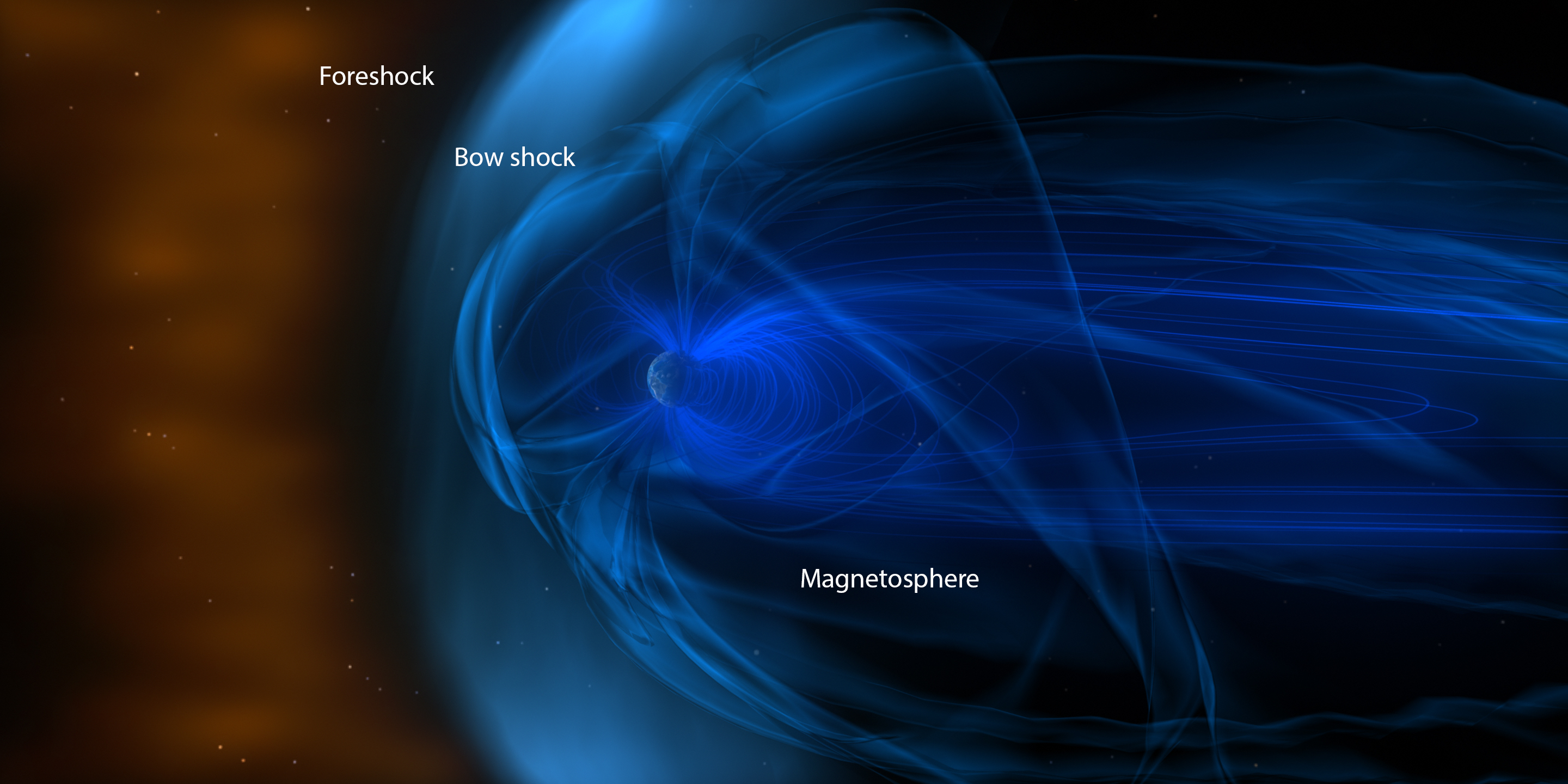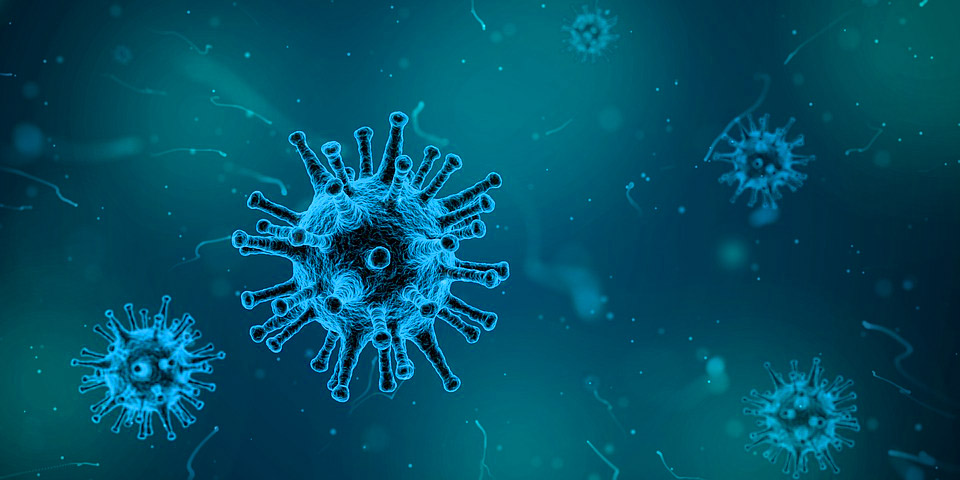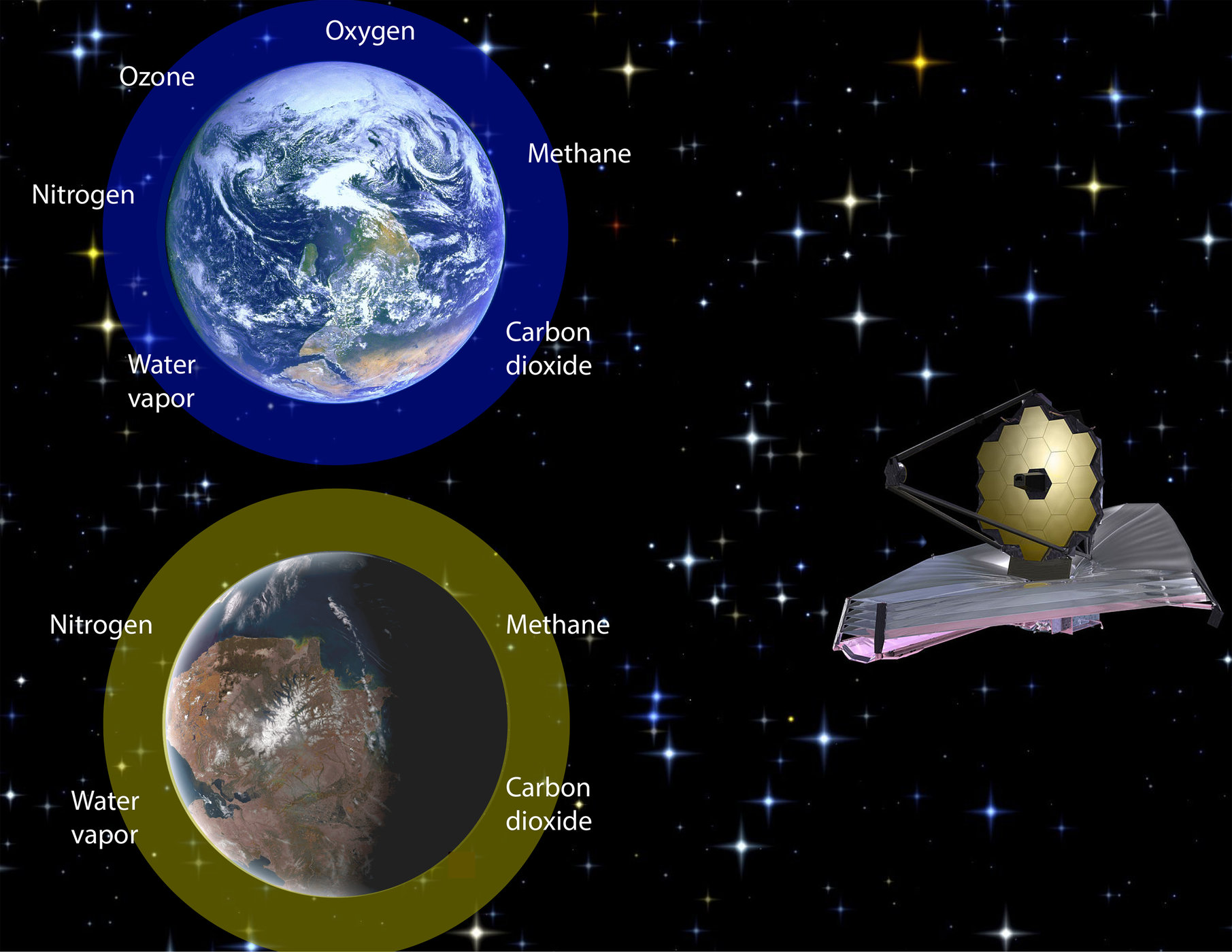SPACE: Robot Bees on Mars
NASA has two teams of researchers working to design a robotic bee that can fly on Mars. The space agency announced the project on March 30. It’s in its early stages, but the idea is to replace modern rovers — which are slow, bulky and very expensive — with swarms of sensor-studded, fast-moving micro-bots that can cover much more ground at a relatively low cost. Literally called Marsbees, the little bots are “flapping wing flyers of a bumblebee size with cicada-sized wings,” NASA officials wrote. By Rafi Letzter – Full Story at SOURCE












